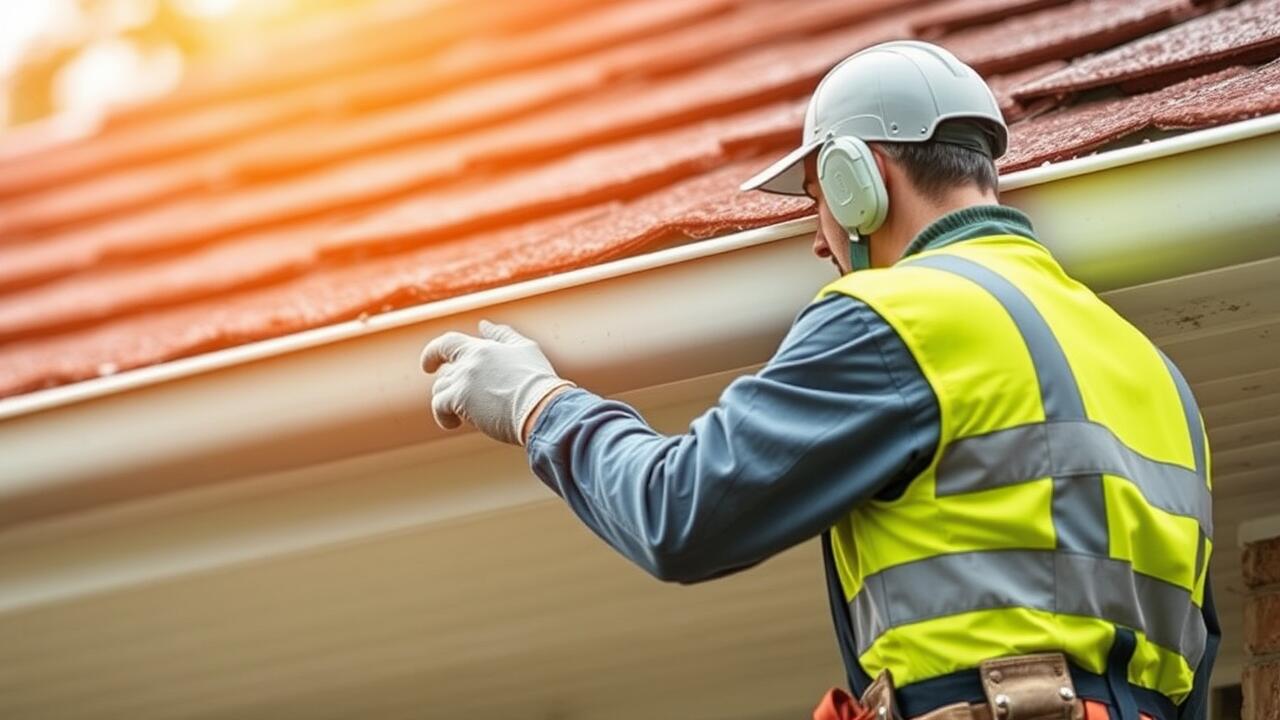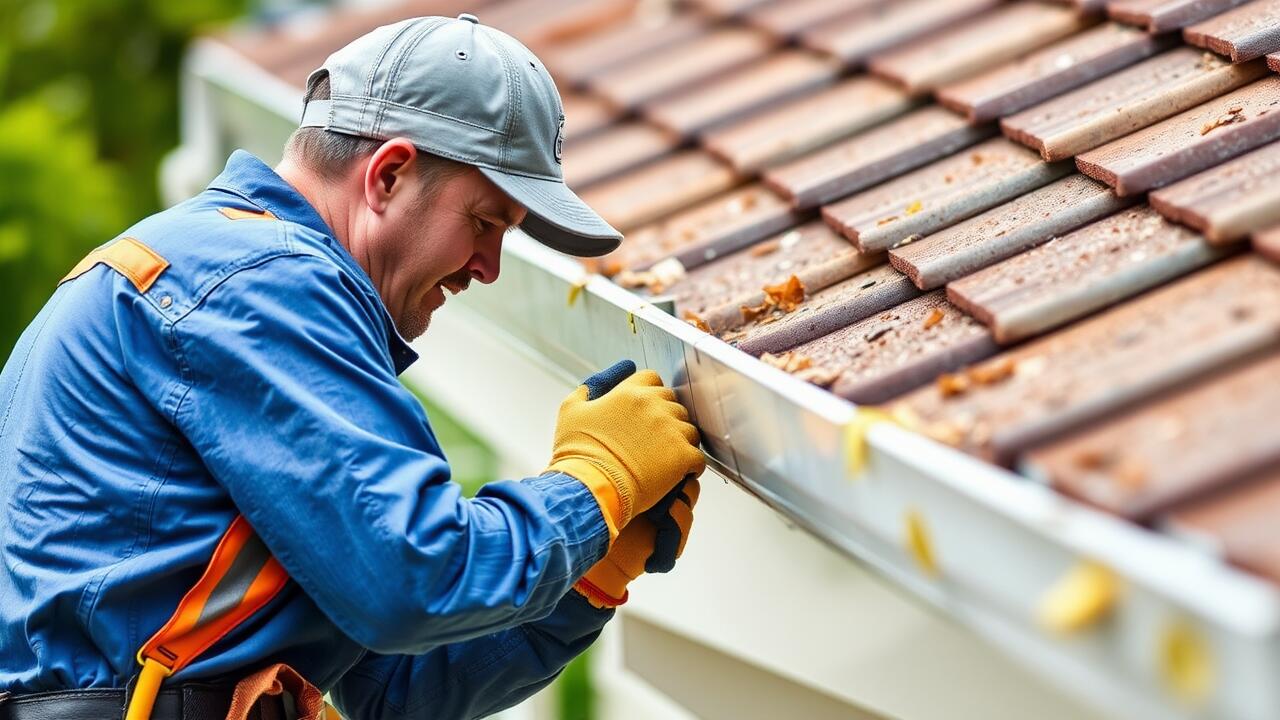
Choosing the Right Gutter System
Selecting the right gutter system for your home is critical to managing rainwater effectively. Various factors should be taken into account, including the roof design, climate conditions, and the specific needs of your property. Options range from traditional sectional gutters to modern seamless designs, each with its advantages and disadvantages. Evaluating the material is equally important. Aluminum, vinyl, and copper are popular choices, each offering different levels of durability and aesthetic appeal.
A well-chosen gutter system can prevent costly damage and reduce the frequency of maintenance. However, even the best systems require occasional attention. Homeowners often find themselves searching for "Gutter Repair near me" when issues arise. Regular inspections can help catch potential problems before they escalate. By investing time in selecting the right system and ensuring proper installation, homeowners can safeguard their properties against water damage.
Types of Gutter Materials
When selecting a gutter system, the material used plays a significant role in its performance and longevity. Aluminum gutters are lightweight and resistant to rust, making them a popular choice for homeowners. Copper gutters offer a distinctive look and durability but come with a higher price tag. Vinyl gutters are affordable and easy to install, yet they may not perform as well in extreme weather conditions. Steel gutters can withstand heavy wear and tear but require regular maintenance to prevent rusting.
Regardless of the material chosen, understanding the needs of your home is essential. Homeowners often seek services such as "Gutter Repair near me" to maintain their systems effectively. A well-installed gutter system can prevent overflow and protect your foundation from water damage. Choosing the right material enhances efficiency and longevity while ensuring that your gutters can handle the climate in your area.
Importance of Downspouts in Prevention
Downspouts play a crucial role in preventing gutter overflow by directing rainwater away from the roof and foundation of a building. Properly functioning downspouts can significantly reduce the risk of water pooling around the base of a home, which could lead to erosion or water damage. Regular maintenance ensures they are free of blockages. Homeowners should periodically inspect their downspouts for debris and clogs that can impede water flow.
The placement of downspouts can affect their efficiency. Ideally, downspouts should be positioned at least six feet away from the foundation. This distance helps to divert water away from sensitive areas, minimizing the risk of flooding in basements or crawlspaces. Homeowners experiencing persistent issues may consider searching for "Gutter Repair near me" to consult professionals who can ensure downspouts are correctly installed and maintained.
Proper Downspout Placement
Proper downspout placement is essential for effective water drainage from your roof and gutters. Downspouts should be positioned at least three to four feet away from the foundation of your home to prevent water from pooling near the structure. This distance helps to ensure that runoff is directed away, reducing the risk of basement leaks, mold growth, and foundation problems. Regularly assessing the placement of downspouts can help to identify issues that may arise over time.
When experiencing persistent water issues, consider searching online for "gutter repair near me." A professional can evaluate your home's gutter system and downspout placement. They may recommend adjustments to ensure optimal drainage. Correct placement not only protects your property but also enhances the overall lifespan of your gutter system.
DIY Solutions for Gutter Issues
Homeowners can tackle minor gutter issues with a few straightforward DIY solutions. Regular cleaning is essential to prevent clogs caused by leaves and debris. Utilizing a ladder and a scoop, individuals can remove buildup from the gutters. After clearing them, flushing the gutters and downspouts with water ensures proper drainage. For those less inclined to climb ladders, hiring a professional service with a simple search for "Gutter Repair near me" can yield efficient results.
Fixing leaks is another DIY task that homeowners can manage. Identifying the source of the leak often involves inspecting seams and joints for signs of water damage. Applying sealant or caulk can effectively address small leaks. For larger gaps or sagging sections, consider using gutter hangers to provide more support. Regular maintenance and early repairs will prolong the lifespan of the gutter system and prevent more serious issues in the future.
Simple Repair Techniques
Leaky gutters can lead to significant water damage if not addressed promptly. One effective approach is to use a sealant specifically designed for roofing and gutters. Start by cleaning the area around the leak, then apply the sealant smoothly to ensure a tight bond. For small holes, a patch made from similar gutter material can also be applied and secured with waterproof adhesive. Regular inspections can help catch these issues early before they escalate.
If the problem persists despite your repairs, consider reinforcing your gutters with additional brackets or hangers. These provide extra support and can prevent sagging, which often causes overflow. Cleaning your gutters routinely will help remove debris that can lead to blockages and overflow situations. If you prefer professional assistance, searching for "Gutter Repair near me" can connect you with local experts who can address more serious concerns.
FAQS
What are the main causes of gutter overflow?
Gutter overflow can be caused by clogged downspouts, debris buildup, incorrect gutter slope, and damage to the gutter system itself.
How can I choose the right gutter system for my home?
When choosing a gutter system, consider factors such as material (aluminum, vinyl, steel, etc.), size, and the pitch of your roof to ensure proper water management.
Why are downspouts important in preventing gutter overflow?
Downspouts direct rainwater away from the roof and foundation. Properly placed downspouts help ensure that water flows efficiently, reducing the risk of overflow.
What are some simple DIY solutions for gutter issues?
Simple DIY solutions include regularly cleaning gutters and downspouts, ensuring proper slope, resealing leaks, and using gutter guards to prevent debris from entering.
How often should I inspect and maintain my gutters?
It is recommended to inspect and maintain your gutters at least twice a year, ideally in the spring and fall, or after any major storm events.



